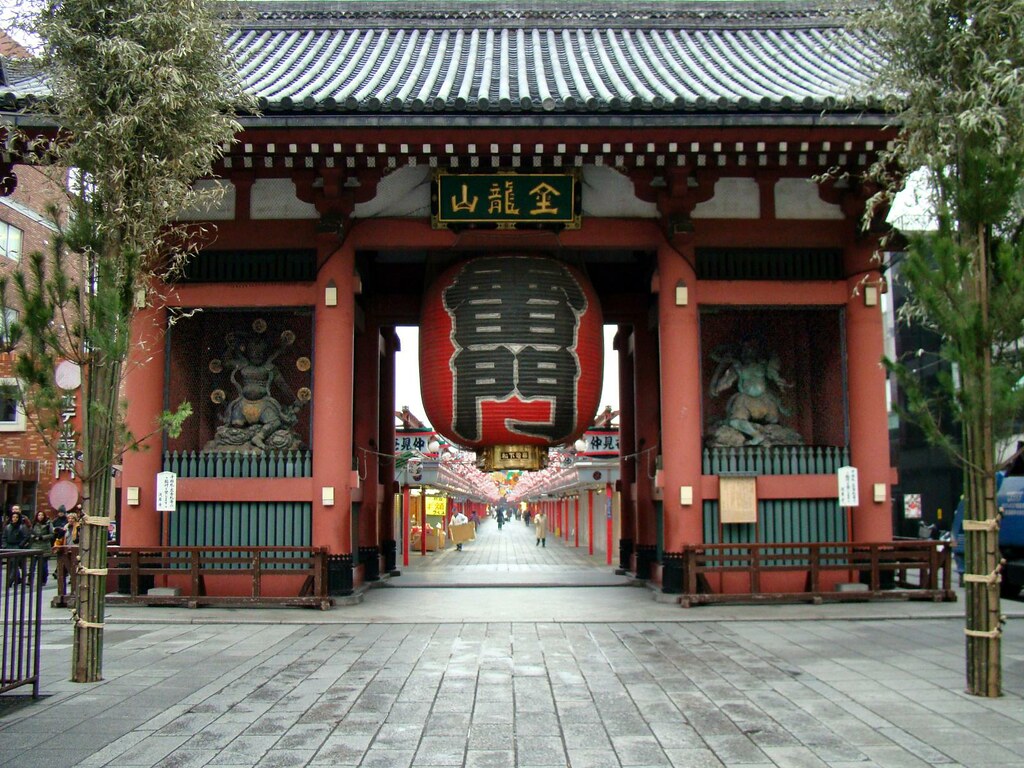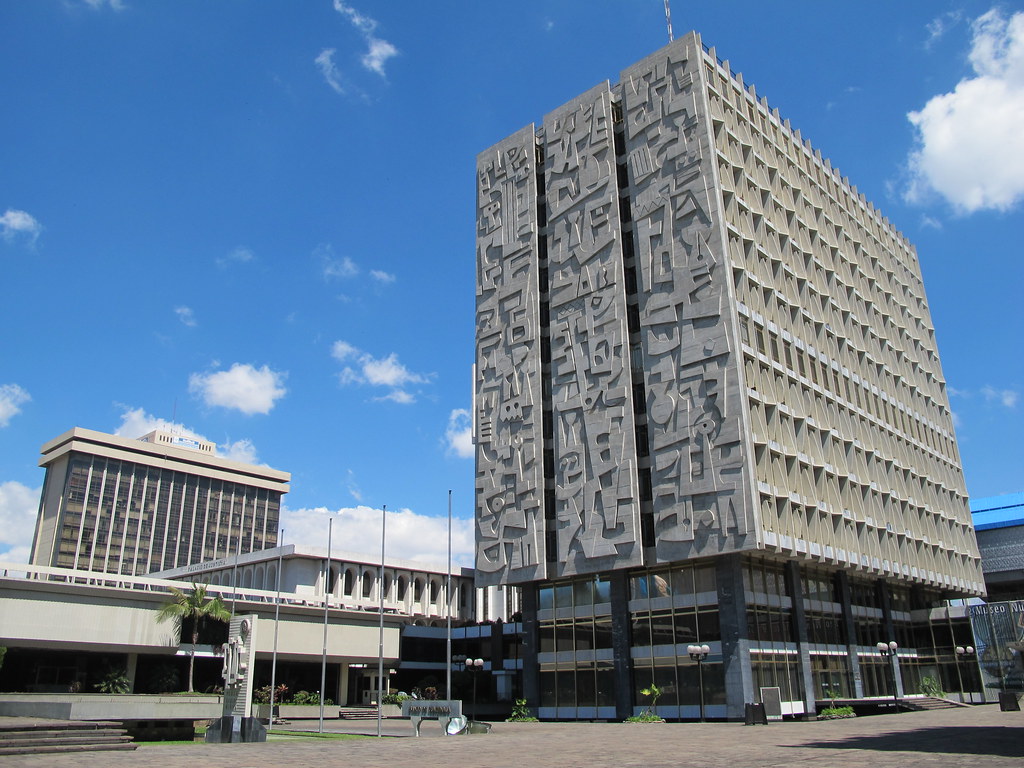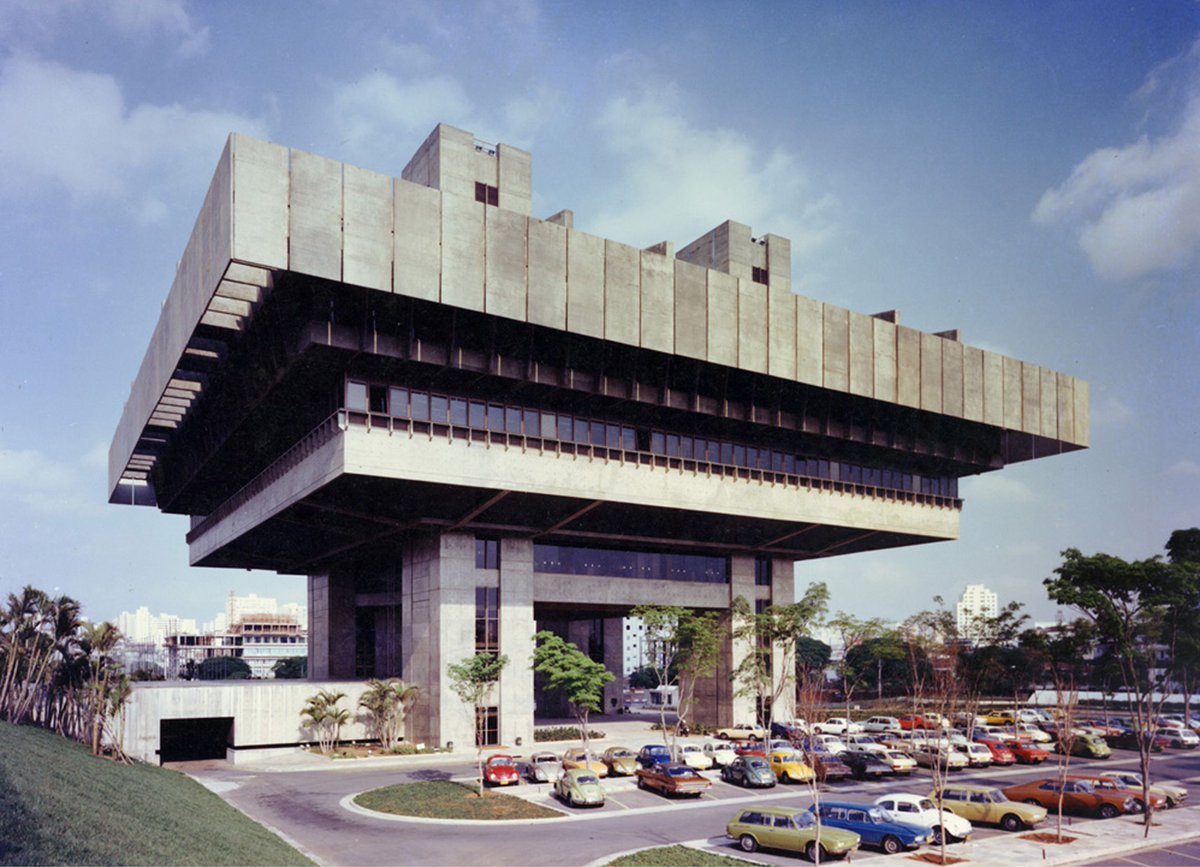
Good point.
On a very serious note, animals trigger similar neural pathways to the parent-baby bond, and reduce loneliness and depression.
It's actually increasingly recognised by researchers:
ncbi.nlm.nih.gov/pmc/articles/P…
On a very serious note, animals trigger similar neural pathways to the parent-baby bond, and reduce loneliness and depression.
It's actually increasingly recognised by researchers:
ncbi.nlm.nih.gov/pmc/articles/P…
https://twitter.com/craigsdon/status/1439240958714040322
Many hospitals and nursing homes now have animal therapy programs in place, including at the Mayo Clinic:
mayoclinic.org/healthy-lifest…
mayoclinic.org/healthy-lifest…
I welcome creative approaches to tackle depression.
Yes, it's not a magical formula but there are a lot of people who feel much better after pet therapy, aromatherapy, music and art therapy.
Yes, it's not a magical formula but there are a lot of people who feel much better after pet therapy, aromatherapy, music and art therapy.
For many people words are not enough to express the way they feel, while some cannot use them at all.
This is where creative arts therapy comes in – the practise of using visual art, music, dance and etc to communicate thoughts, feelings, trauma and experiences where words fail.
This is where creative arts therapy comes in – the practise of using visual art, music, dance and etc to communicate thoughts, feelings, trauma and experiences where words fail.
• • •
Missing some Tweet in this thread? You can try to
force a refresh














